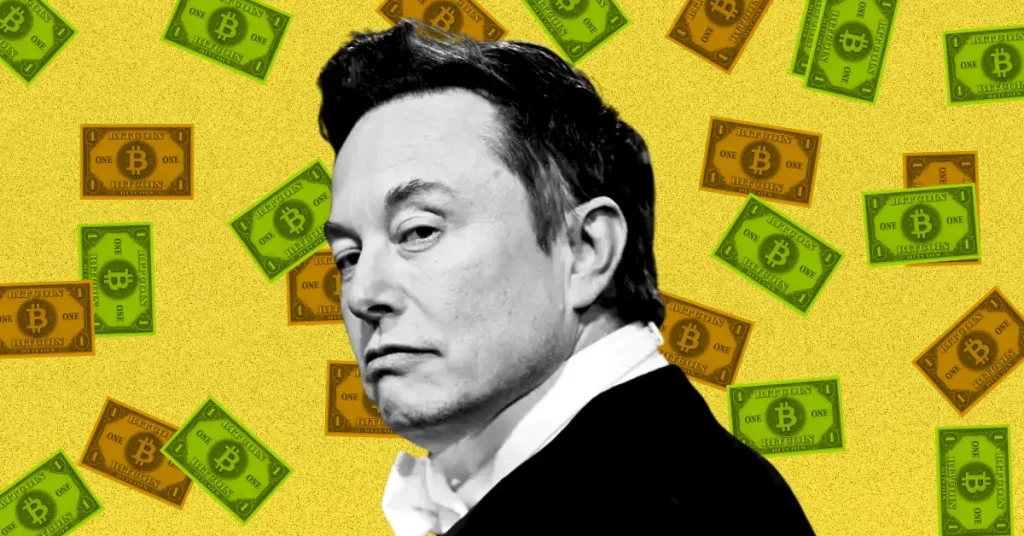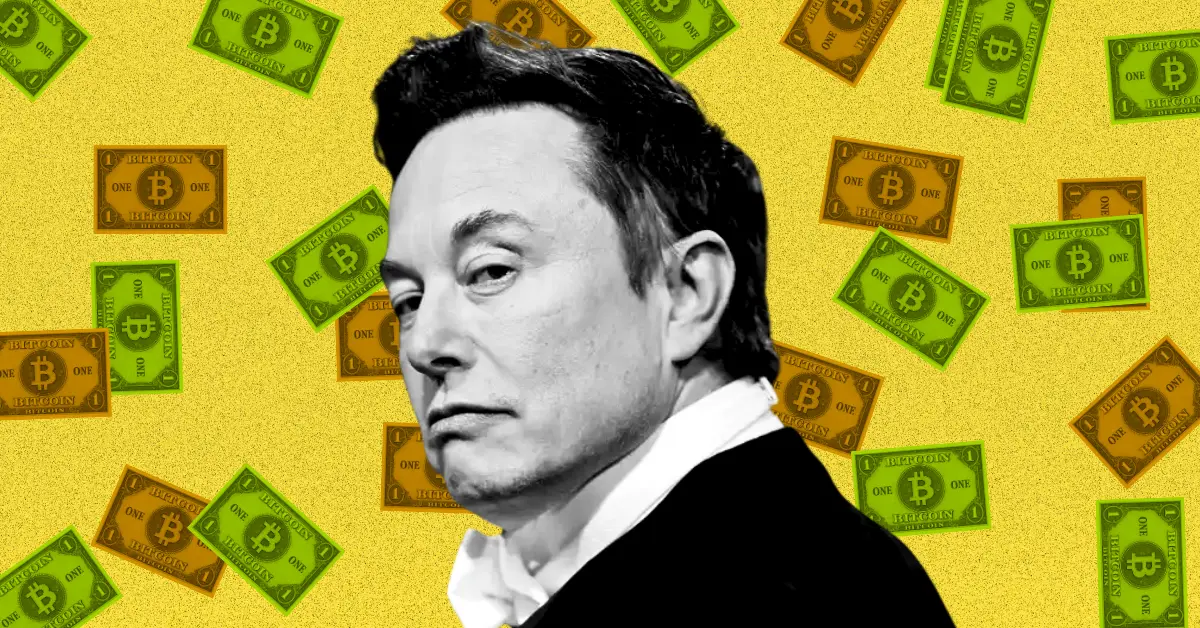
The creation of the Department of Government Efficiency (DOGE) in late 2024 marked a peculiar yet transformative chapter in American public administration. Conceived at the crossroads of internet meme culture, burgeoning cryptocurrency trends, and an appetite for governmental reform, DOGE embodied a bold, if unconventional, vision. Championed by Elon Musk and launched under the aegis of President-elect Donald Trump, the initiative sparked both intrigue and skepticism. Over time, despite Musk’s waning direct involvement, the department’s influence rippled throughout the federal government, redefining efficiency efforts and bureaucratic reform. Exploring DOGE’s origin, Musk’s evolving role, and the broader institutional impact reveals a complex legacy that continues to challenge traditional government paradigms.
The origins of DOGE are deeply embedded in the cultural phenomena surrounding Dogecoin, the cryptocurrency inspired by the 2013 viral internet meme featuring a Shiba Inu dog. Elon Musk, a vocal advocate for Dogecoin, leveraged his significant social media presence to amplify its visibility and influence speculative growth. This affinity for the meme and cryptocurrency directly informed the unusual decision to denominate a government department after it. Musk, alongside entrepreneur Vivek Ramaswamy, was appointed co-leader of the initiative, signaling a deliberate break from conventional bureaucratic structures.
Initially, public and political reactions balanced between bemusement and doubt. An entrepreneur famed for his unconventional ventures seemed an unlikely steward of government reform. Yet, from the outset, DOGE’s mandate was clear and ambitious: drastically reduce federal spending, streamline operational processes, and eradicate inefficiencies or “waste” within government agencies. Early efforts homed in on cost reduction strategies aimed at a wide array of federal programs, reflecting Musk’s tech-driven, results-oriented mindset.
However, Musk’s engagement with DOGE was never static. While enthusiasm marked the department’s launch, Musk’s focus gradually shifted to other large-scale projects such as space exploration and robotic innovation. His social media presence mirrored this transition, with decreasing references to Dogecoin or governmental reforms. Despite reduced hands-on involvement, Musk remained the symbolic “Dogefather,” a figurehead synonymous with the initiative’s disruptive ethos.
One source of confusion stemmed from Musk’s efforts to clarify the department’s separation from cryptocurrency operations. Despite some early web glitches suggesting integration between Dogecoin and government systems, Musk firmly stated that DOGE was not designed to fold the digital currency into federal processes. Nonetheless, the association persisted, blurring lines between symbolic branding and actual policy direction. Furthermore, Musk’s increasingly contentious political posture, notably his clashes with left-leaning figures and alignment with MAGA principles, complicated the public reception of the department. His rhetoric about aggressively dismantling government agencies invited criticism regarding the impartiality and motivations behind DOGE’s agenda.
Beyond Musk’s personal engagement, DOGE’s institutional framework evolved robustly. Investigations revealed that numerous officials appointed through DOGE channels were embedded in various regulatory agencies, often overseeing cuts in sectors where they held financial stakes. This raised ethical concerns about conflicts of interest and governance oversight. ProPublica reported that at least 23 DOGE-affiliated officials influenced decisions impacting industries tied to their investments, spotlighting the complex interplay between reform efforts and personal gain.
This embedded network ensured that DOGE’s philosophy endured independently of Musk’s direct control. Staff members heeded his vision by advancing priorities such as agency consolidation, budget tightening, and procedural efficiencies. While initially shrouded in secrecy, these reforms surfaced visibly across government functions, eliciting both commendation for cost-saving strides and condemnation for perceived overreach. Public policy experts like Elaine Kamarck of Brookings underscored DOGE’s tangible imprint, while media outlets suggested that its principles had become deeply woven into the federal bureaucracy—“the whole government is DOGE now,” as one prominent New York Times report phrased it.
Central to DOGE’s reform strategy was a technological lens. Musk advocated modernizing and simplifying the federal procurement system, an area notorious for sluggishness and complexity. His proposals focused on accelerating acquisition procedures, reducing bureaucratic red tape, and incentivizing innovation reflective of private sector methodologies. Drawing on his expertise cultivating Tesla’s and SpaceX’s engineering and manufacturing prowess, Musk sought to transpose similar efficiencies into public administration.
Complementing procurement reform was an emphasis on data-driven governance. DOGE initiatives frequently utilized advanced databases like the federal SAVE system to identify inefficiency hotspots and target reform efforts with precision. While promising greater accountability and performance measurement, these data-centric approaches also provoked debate around privacy protections and data security protocols within government operations.
Looking ahead into late 2025, the future trajectory of DOGE remains undefined. Musk’s prominent role may have diminished, yet the cadre of insiders he installed continues to wield influence. The reforms initiated have sparked a fundamental reassessment of entrenched governmental practices, engendering a new paradigm that prizes agility and tech-oriented solutions.
Ultimately, DOGE’s legacy transcends mere cost-cutting or digitization. It symbolizes a willingness to challenge established norms and experiment with unconventional governance modes born from internet culture and entrepreneurial audacity. Whether this transformation proves enduringly beneficial or engenders unforeseen complications remains an open question. Nevertheless, Elon Musk’s ambitious foray into reforming government efficiency has undeniably reshaped how public administration can be conceived and conducted in the digital age.





